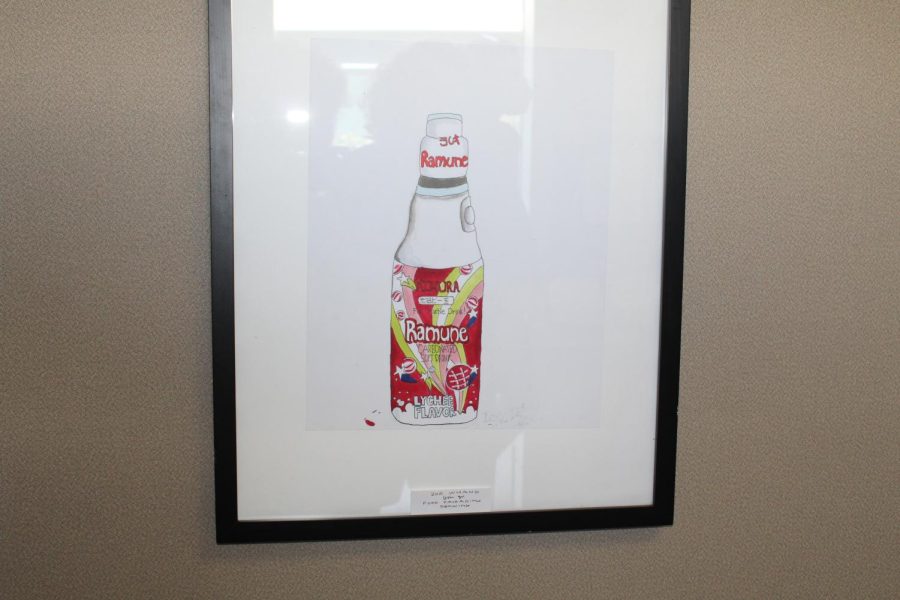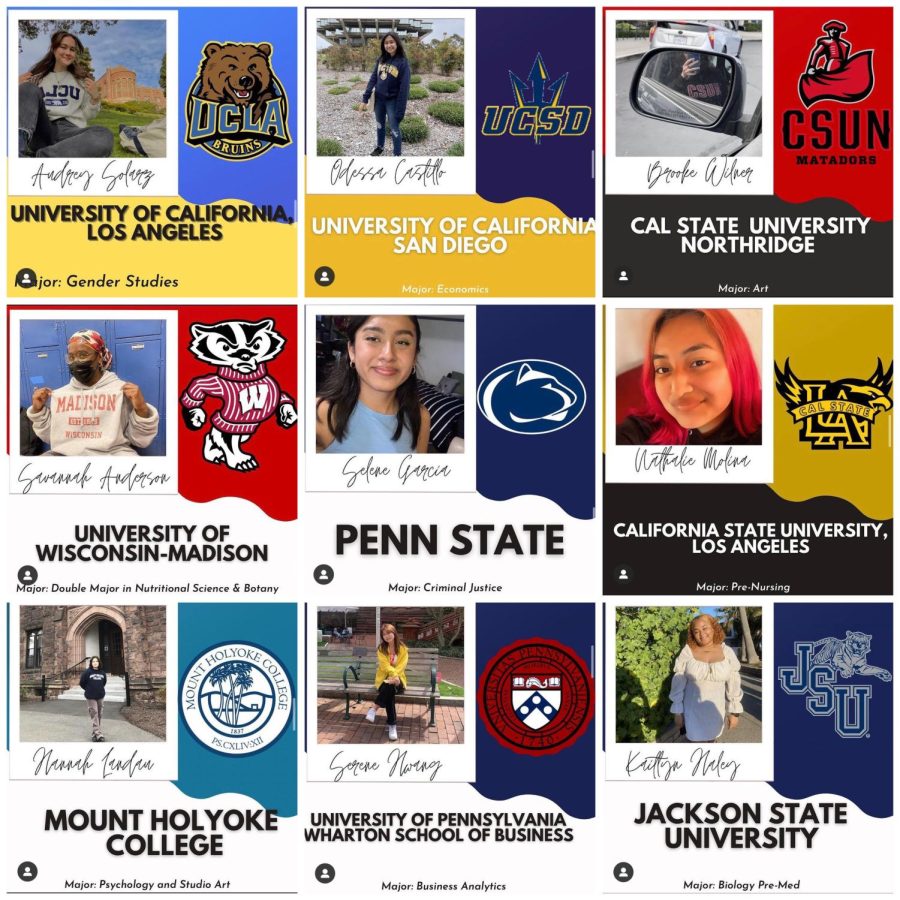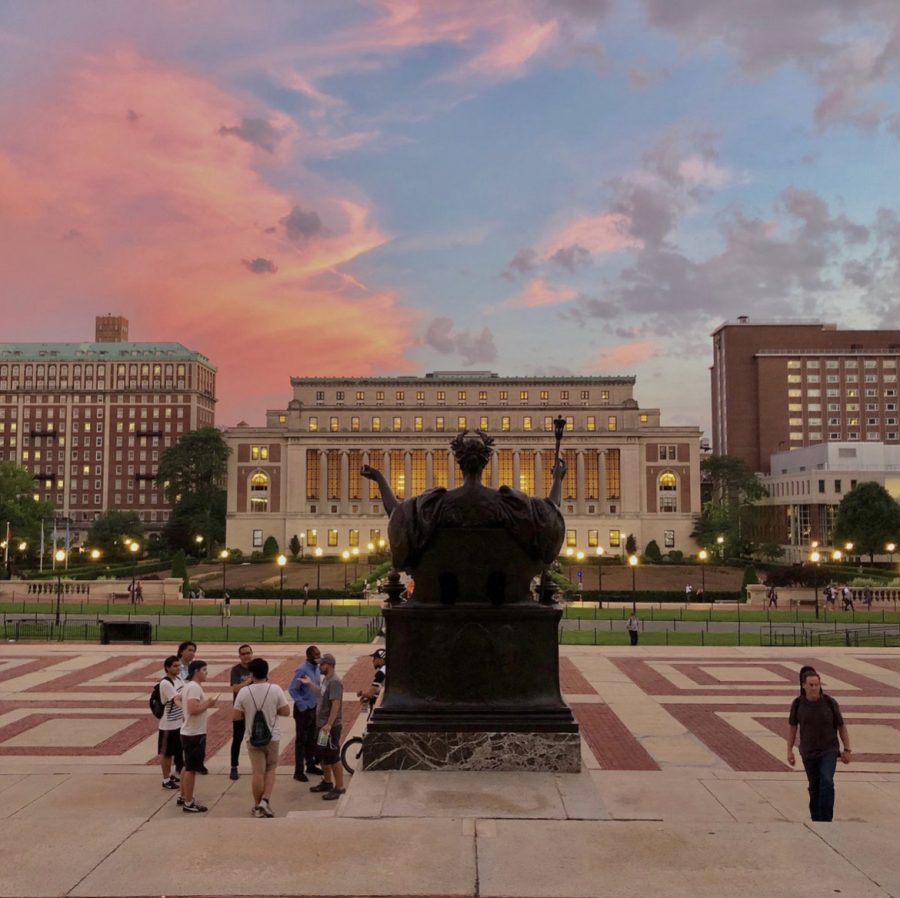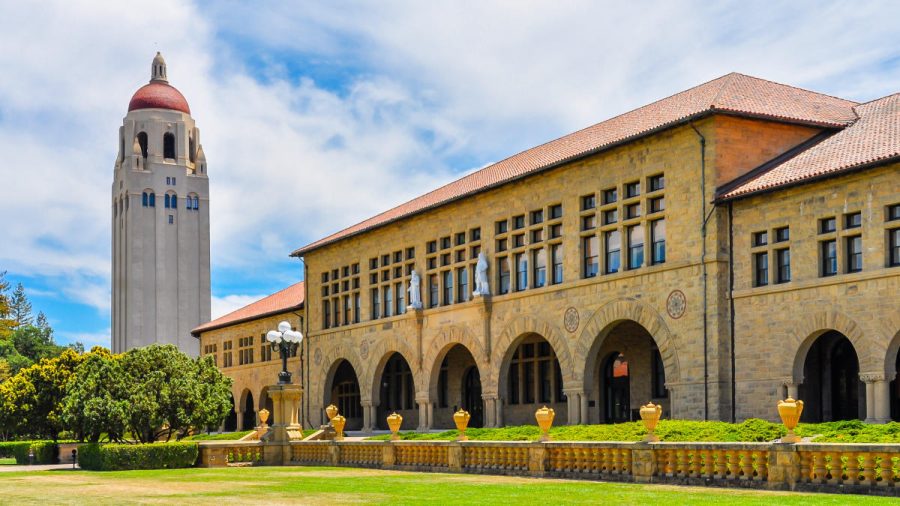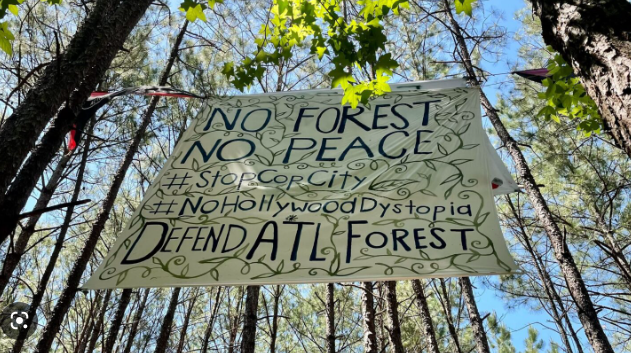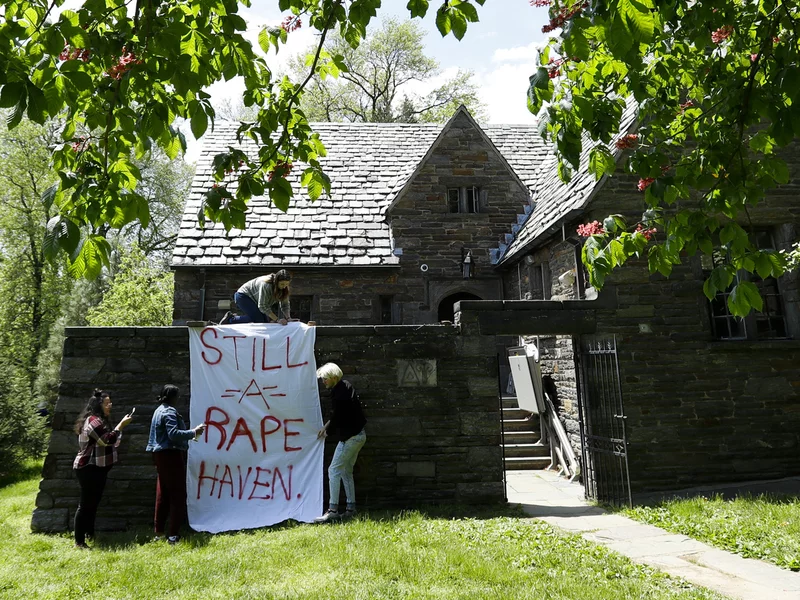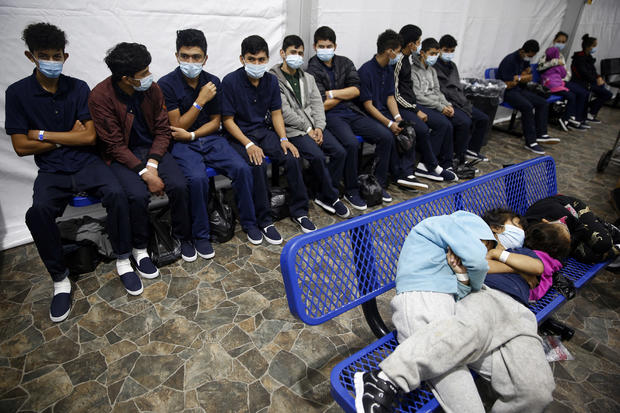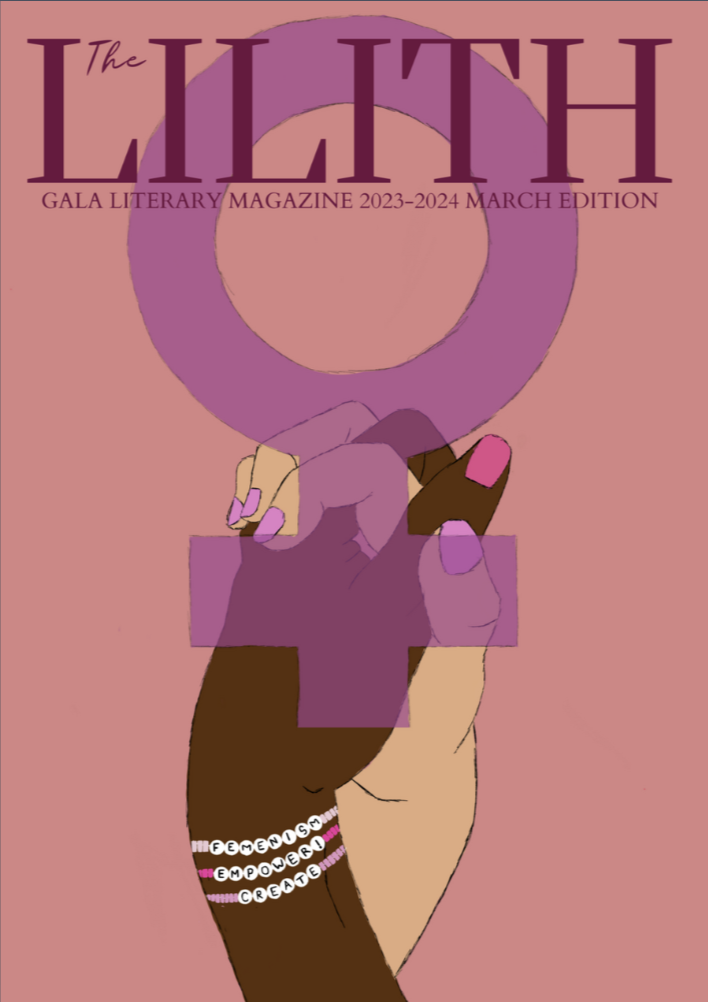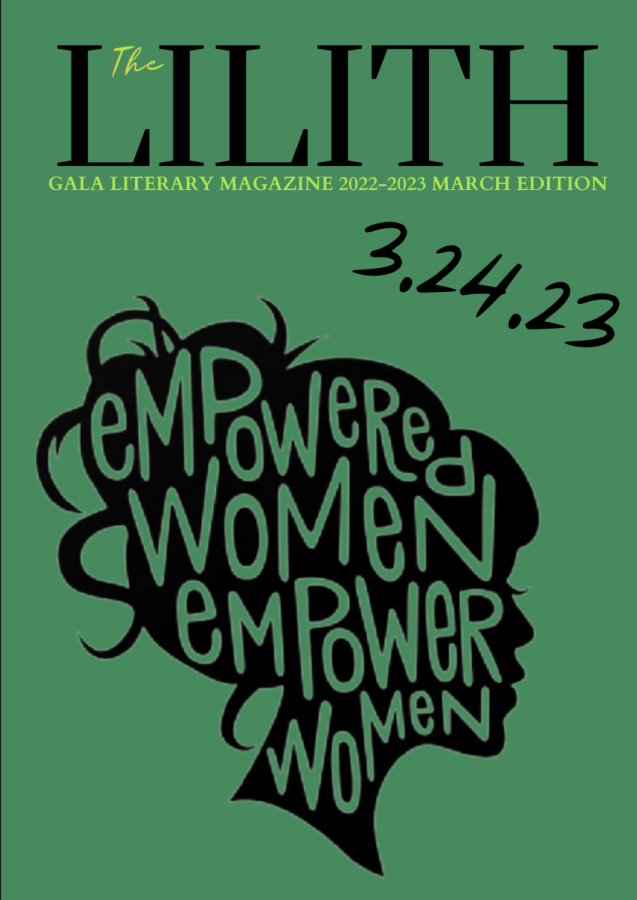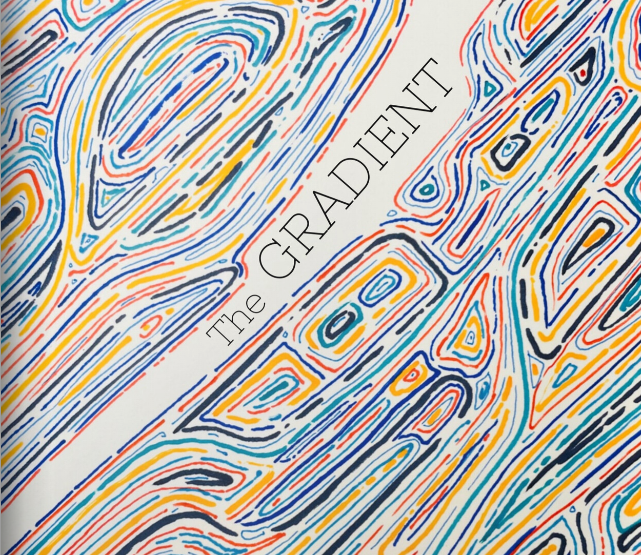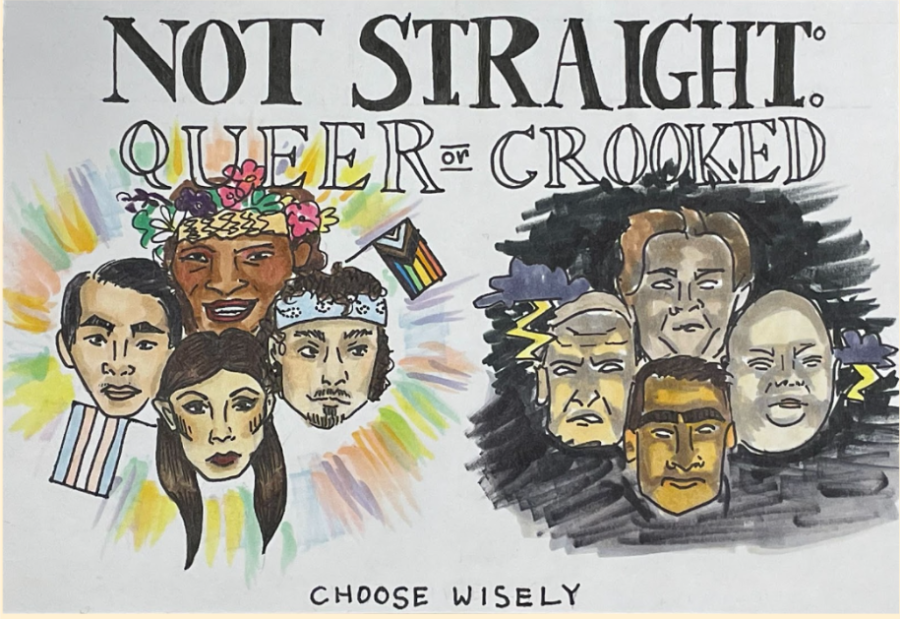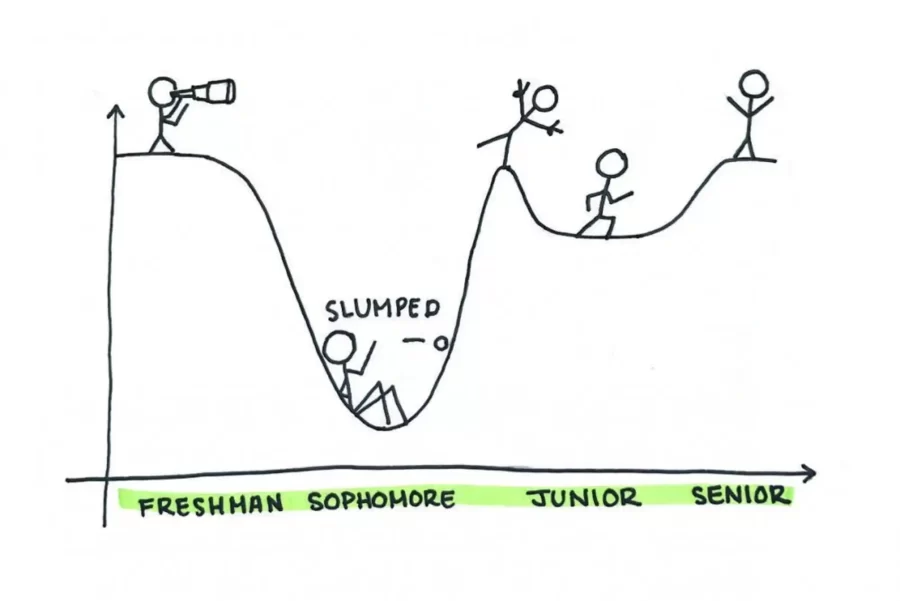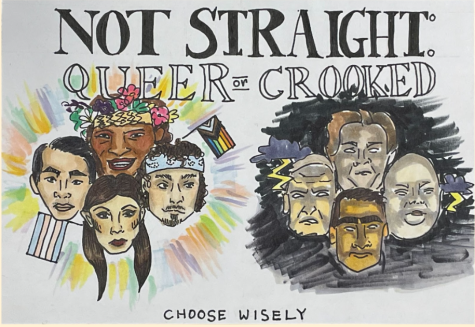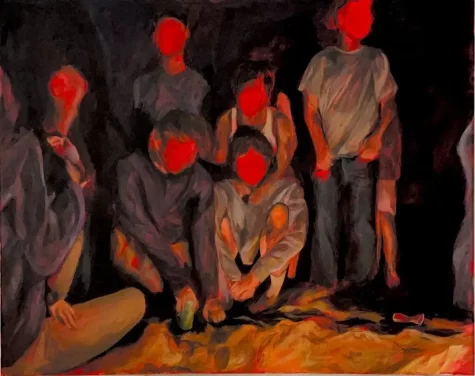Biased Political Power: Dear White Americans, the Demographics are now Changing.
The U.S. is at a demographic tipping point: a historic period in the history of the United States has begun. As of right now, the U.S. is going through a drastic change, as the rate of non-people of color drift away and lose power, POC now have an advantage.
Though the success of Black and brown people is on the rise, there is always someone or something to alarm them, looking for conflict. Many celebrate the rise and power of the oppressed. But, others would ironically see it as discrimination, a threat, and a loss to this “Great Country.”
In today’s article, I will be diving into the changing demographics of U.S. politics, how it affects the different political parties, and looking back on past presidential conflicts. I like to call it The Presidential Era, as it drifts from the effects of presidents and the ‘legacies’ left behind.
Context (Hey, America! We want MORE representation.)
Scenario: You get approached by this question. What is the first thing you see when you think about people in American politics? Emphasize their race, tone, age, features. Do you have anyone in mind? Typically, all I can think about is a white man from the South–he is a conservative and middle-aged, possibly balding. Of course, because of the glaring absence of representation, especially for people of color in American media and politics, this image is only occasionally twisted.
Thankfully as time progresses, this image is not a norm. We are seeing mountains of successful leaders of color–not enough, but we are getting there. And, as the growing generation, I know we will do better and continue to push the uncomfortable stigma and boundaries set on us by the American media. I know that we will not be uncomfortable with including race in debates and conversations.
See, race has always been in the center of everything, from issues arising in the media to regulations on our skin tone.
Race has been a defining issue in American politics since before the country formally came into existence and in power; there was this dividing line through marketed generations of struggle and conflict. Today, though the issues are different, it is still at the center of national debates. Its shift in attitudes heightens the demand for more rhetoric and safe steps for people of color.
As journalist Howard French writes in “The enduring whiteness of the American Media, what three decades in journalism has taught me about the persistence of racism in the U.S,” he discusses the way that Black people are portrayed in these healthy concentrated stereotypes as frustrating. Compared to his white colleagues, who had more persistent roles in the workplace, “There are very few black journalists writing about politics and national security, international news, big business, culture (as opposed to entertainment) or science and technology – they are essentially absent from large swaths of coverage, and even more sparsely represented among the ranks of editors.”
This is one of many experiences of a journalist of color, especially in the 1990s was not uncommon. It’s not surprising to hear about these disparities in the workplace, rather it’s unfortunate and frustrating. Frustrating to listen to a system that is against us.
And the cycle continues. The split between the visual and representational media was only the beginning. Going into the demographics of political makeup is a whole other level.
Sprouts of Brown Babies! Demographics.
As we know, typically white Americans make up the majority of the Republican party and demographic here in the U.S. Over the course of many years, there has been a great number of studies on the makeup of Democrats and Republicans.
From this study conducted by Gallup Daily tracking in 2013 Republicans are overwhelmingly non-Hispanic white – 89%- compared to the 2% of Republicans who are Black, and 6% being Hispanic. The odds were on one side, but as the years continued to grow, the diversity on both parties increased. Democrats and Republicans got more racially diverse. But the numbers still didn’t change, meaning that the majority of Republicans are still white and the majority of people of color self-identify as Democrats.
In 2015, the U.S. Census published a new report of the genetic makeup for future generations of offspring. Babies of color were expected to become the majority of the nation’s children by 2020.
Taking up the population’s ethnicity into account, this will shift the U.S. racial political groups because of the increasing diversity in its nation.
As a result of these statistics, if and when the diversity of a nation goes into political influence, the relationship between both can consequently steer towards different directions. At times, the U.S population can create conditions and barriers for political backlash against people of color, including Hispanics, Blacks, Asian-Americans, and especially immigrants of color. This can have a domino effect. The next generation of people of color are most likely to either go into the Democratic party or be independent.
Well, how does this lead to the worries of white Americans?
When some of the majority white population fears losing its status relative to non-white populations, white nativism emerges. White nativism is defined by a nostalgia for an era when whites were dominant politically and economically.
White Americans are in fear of losing their status. The expectation of a majority non-white America is scary for one race to compete in, mainly when it has been dominant for the past years. Mostly influenced by two well-known presidents…
The Presidential Era
The dynamic of Trump and Barack Obama was an enchantment for both sides.
Barack Obama held up change as a beacon in 2008, adding another word to it: hope. America finally elected a Black man as president, challenging a future that was thrillingly different from our past. He shattered a barrier many people thought they might not see in their lifetimes. His victory appeared to herald a new chapter in relations among all races.
During Obama’s presidency was heightened by being the most visible face of the Democratic Party, he brought even more clarity of which party stood with and for Black Americans; more division was now brought to the table.
In 2016, Donald Trump wielded that same change as a threat; he was the ‘revenge’ voice of those who yearned to make America the way it was before, to make it great again. Standing high with the ideology of oppression towards white males were now on the rise, influencing U.S. politics.
After two terms under Barack Obama, many Republican primary voters were incensed by the growing urge of dominance. Their dissatisfaction drove some to embrace and promote white nationalist beliefs. Donald Trump led the way, and provided the most famous examples – describing immigrants from Mexico as criminals and rapists, proposing to ban Muslims from entering the country – but he was far from being done.
In office, Trump expanded these beliefs of making America great again, which in result only divided and further fueled the conflict over whether non-white immigration is a threat to U.S. security and prosperity. The president’s enraged speech is arguably to blame for a spike in overt hate, and in a small but growing number of cases, violence against non-white immigrants, and ethnic, religious, disabled and LGBTQ minorities. This is in addition to changes in voting laws, an uptick in voter suppression, and new stringent restrictions on immigrants.
Closing
The United States is a complicated country; on any given day we have survivors protesting the disparities in working conditions besides the white supremacists who believe their white male privilege is being threatened. The urgency of being superior is always being played out, and in this country of “liberty and justice for all,” it’s disappointing.
Beyond the issue of craving more representation in media and in politics, the playout is already set. Thankfully, due to the crazy shift in demographic change, we might not endure the already tiring wines of white men about their oppression for centuries more to come.

Victoria M-L is currently a junior and in her second year working with The Echo, GALA's school newspaper. She enjoys reading, listening to music, playing...






